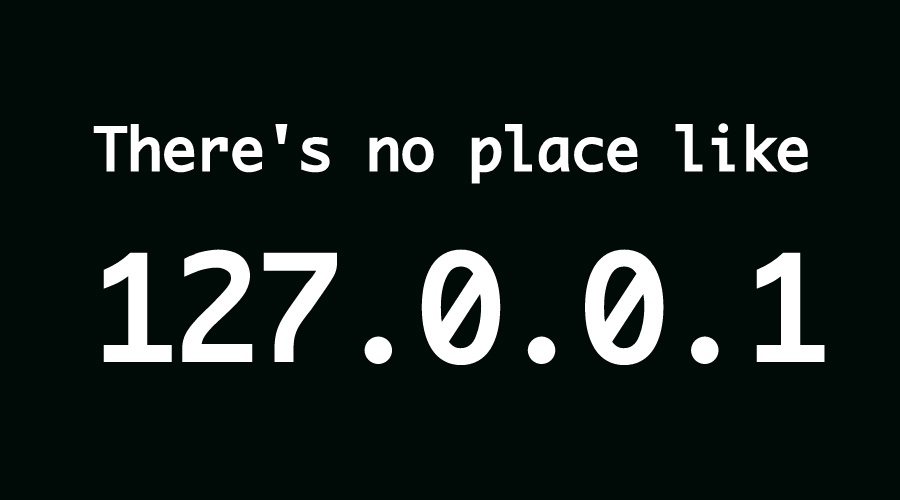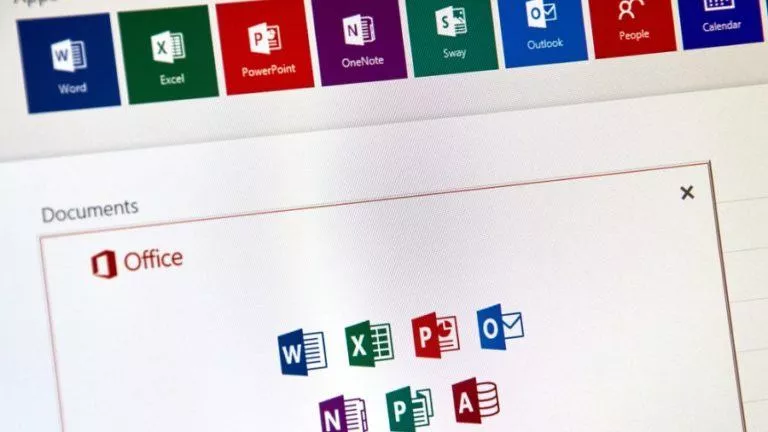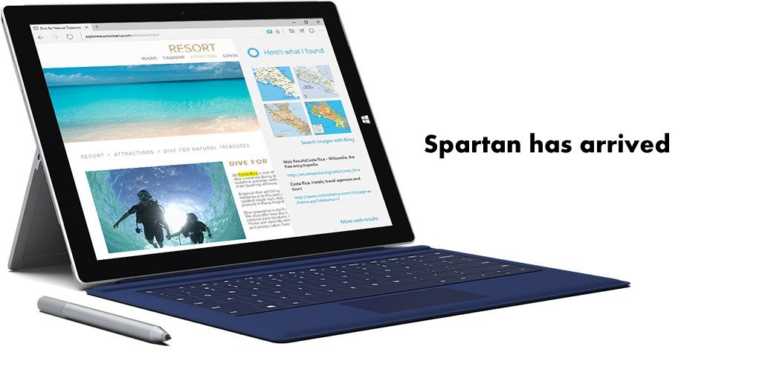Why Is Localhost’s IP Address 127.0.0.1? What Is Its Meaning?

 Short Bytes: Ever wondered why 127.0.0.1 IP address is assigned to localhost? Why not some other IP address like 121.9.1.1 or anything else? The answer to this question lies in the fact that by 1981, 0 and 127 were the only reserved Class A networks. As 0 was used for pointing to a specific host, 127, the last network number, was left for loopback IP address or localhost.
Short Bytes: Ever wondered why 127.0.0.1 IP address is assigned to localhost? Why not some other IP address like 121.9.1.1 or anything else? The answer to this question lies in the fact that by 1981, 0 and 127 were the only reserved Class A networks. As 0 was used for pointing to a specific host, 127, the last network number, was left for loopback IP address or localhost.
You might have definitely heard of 127.0.0.1. You also might be knowing that 127.0.0.1 points to localhost. But, why is localhost‘s IP address 127.0.0.1–why not something else?
Before trying to answer that question, let me tell you a little bit about how does it work. This address is used to establish a connection to the same computer used by the end-user. When we deal with IPv6 address, it’s defined using the connotation of ::1. As IPv6 addresses take over, localhost will be more commonly know as 0:0:0:0:0:0:0:1.
How does 127.0.0.1 work? Why is it called so?
Very often developers use 127.0.0.1 to test their applications. When you try to establish a network connection to the 127.0.0.1 loopback address, it works in the same manner as making a connection with any remote device. However, it avoids connection to the local network interface hardware.
But, why does the localhost IP address starts with 127? Well, 127 is the last network number in a class A network. It has a subnet mask of 255.0.0.0. So, the first assignable address in the subnet is 127.0.0.1.
However, if you use any other numbers from the host portions, it should work fine and revert to 127.0.0.1. So, you can ping 127.1.0.1 if you like.
You might also ask why the last network number was chosen to implement this. Well, the earliest mention of 127 as loopback dates back to November 1986 RFC 990. And, by 1981, 0 and 127 were the only reserved Class A networks.
As 0 was used for pointing to a specific host, 127 was left for loopback. Some would also call it more sensible to choose 1.0.0.0 for loopback, but that was already given to BBC Packet Radio Network.
Source: SuperUser
Did you find this article helpful? Don’t forget to drop your feedback in the comments section below.
Also Read: Guess What? The Internet Just Slipped From the Hands Of the United States






